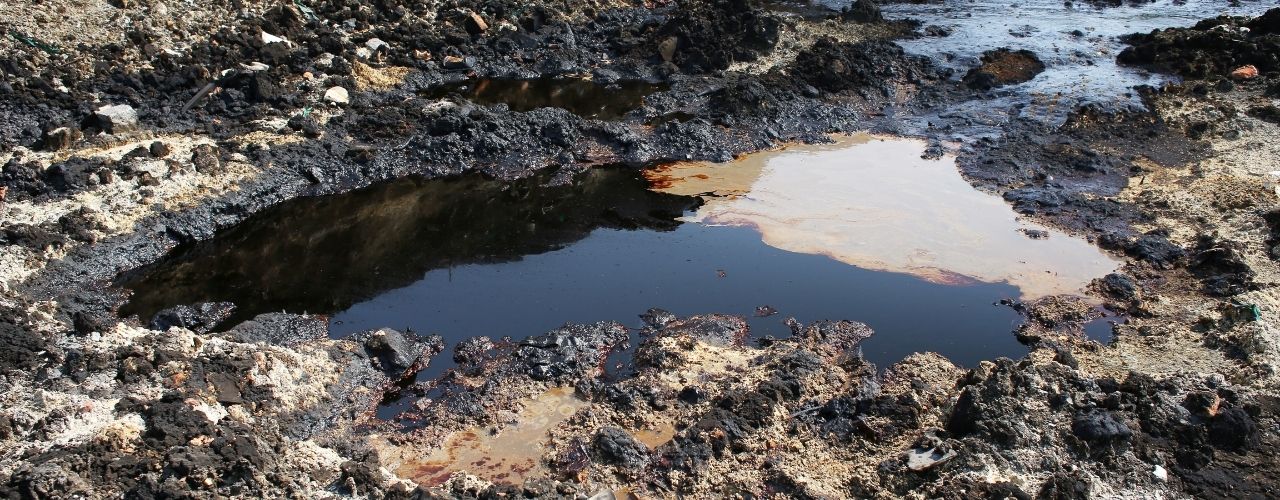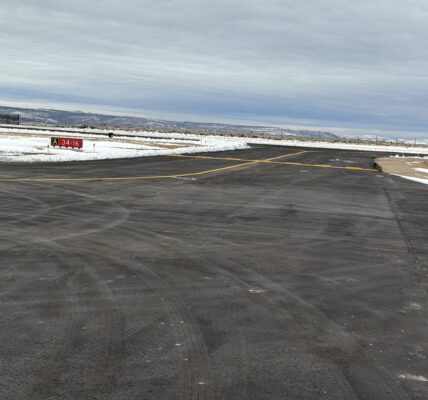As world leaders race to find solutions to climate change and other ecological catastrophes, the rest of us are left to deal with the damage that has already been done. To that end, we must educate ourselves about the health effects of soil contamination and how to fix it.
Causes of Soil Contamination
Soil contamination occurs when pollutant concentrations on the surface of land become so high that they harm biodiversity and endangers health. Common activities that cause soil contamination include stock breeding, the extensive use of farming chemicals, and fertilizers and pesticides.
Health Effects of Soil Contamination
Soil pollutants can enter our bodies through the food we eat. Just as soil absorbs damaging contaminants, so too do the fruits and vegetables that grow in that soil. When humans eat contaminated produce or eat livestock that fed on that produce, they get exposed to pollutants that often increase their risk of cancer. Exposure to soil pollution can also cause neuromuscular blockage, headaches, nausea, fatigue, eye irritation, and skin rash.
This all might sound more than a little terrifying, but a complete education on the health effects of soil contamination and how to fix it will serve you in the long run. While it is disconcerting that we have to endure all this contamination—which could be avoided if more industries were responsible for their waste—humans have developed methods for fixing the problem. The most commonly used methods for cleaning contaminated soil are soil washing, bioremediation, and thermal desorption.
Soil Washing
Soil washing involves removing contaminated soil from the ground, then using machines to add liquids and chemical additives. The process is based on the belief that contaminants tend to bind to fine-grained soils like silt and clay, which, in turn, bind to coarse-grained soils like sand and gravel. The goal of soil washing, therefore, is to interrupt the binding process by separating the contaminates of the fine-grained from the coarse-grained. The contaminated fine-grained pieces are then treated or disposed of as necessary.
Bioremediation
Another tactic for fixing soil contamination, bioremediation involves the use of living microorganisms (such as bacteria or fungi) to break down organic pollutants in the soil. Bioremediation is often accomplished by stimulating the growth of living organisms already present at the polluted areas.
Research tells us that poultry droppings can be used as a biostimulating agent, providing nitrogen and phosphorous to the area and stimulating the natural growth rate of bacteria. Since it is built into the existing ecosystem, bioremediation is one of the more inexpensive and environmentally-friendly chemical treatment options.
Thermal Desorption
In thermal desorption, heat is applied to the affected areas to increase the contaminants’ volatility. The contaminants can then be separated from the solid material. Once separated, the contaminants are either collected or destroyed. Thermal desorption is the most proven and successful treatment for contaminated soil available, especially for areas with low levels of contamination.





